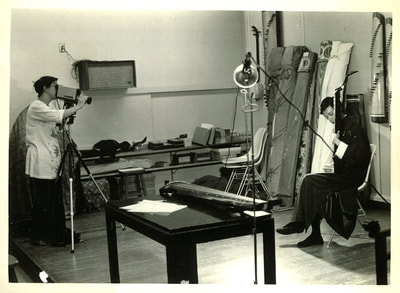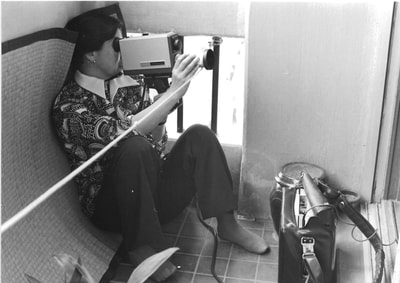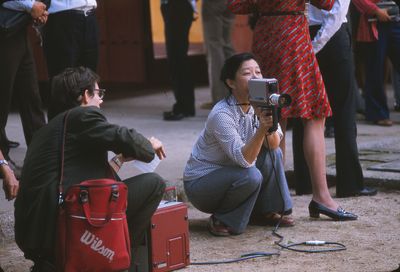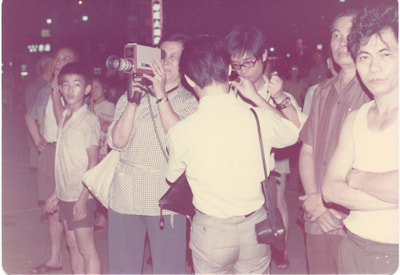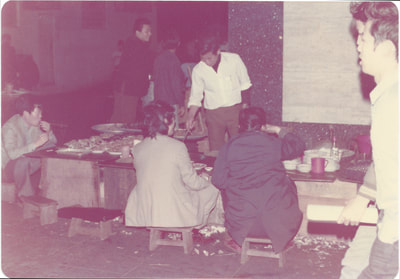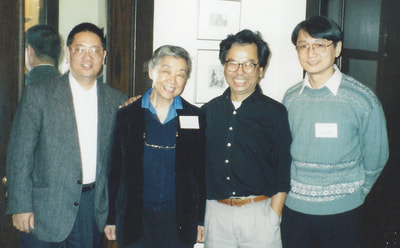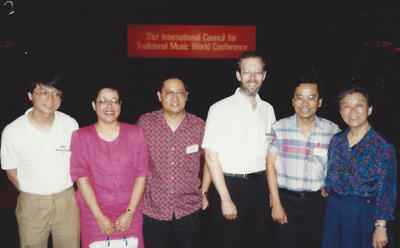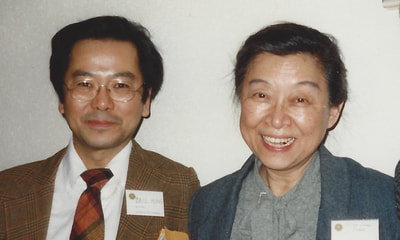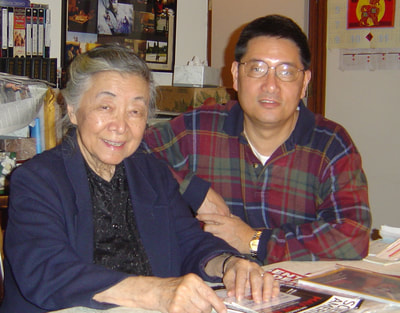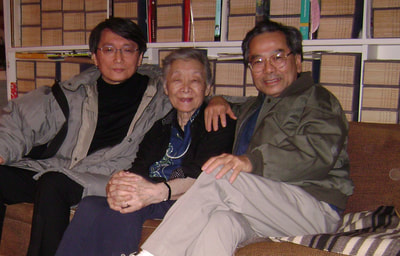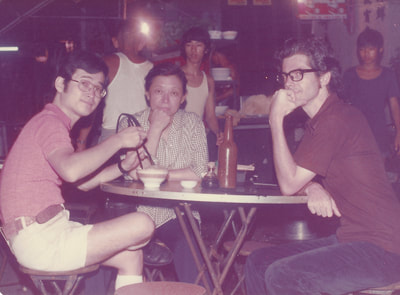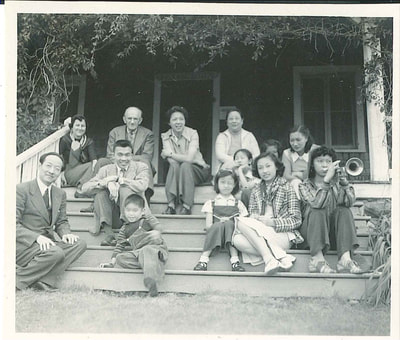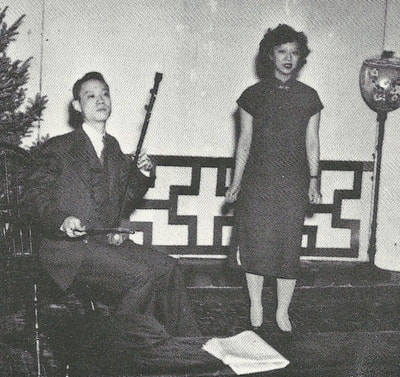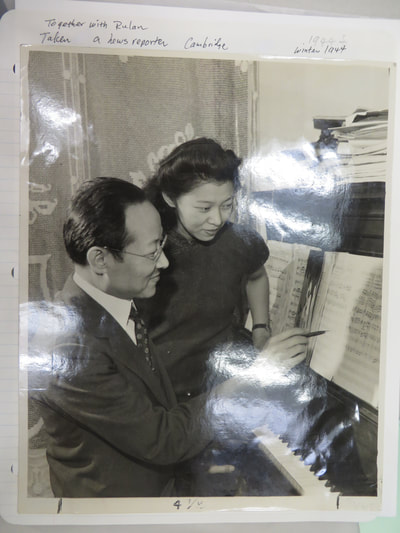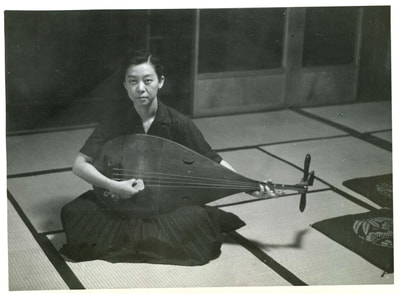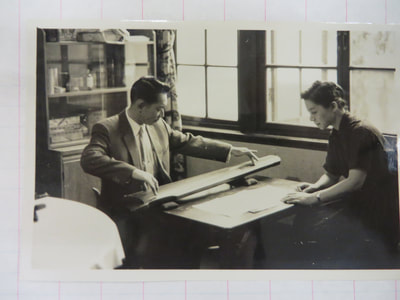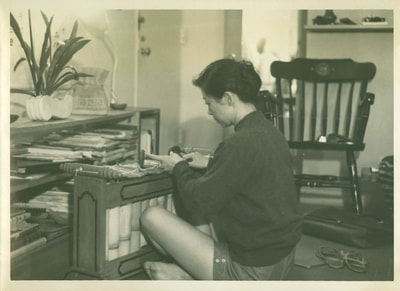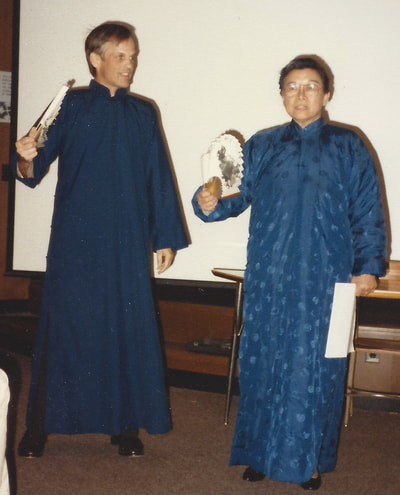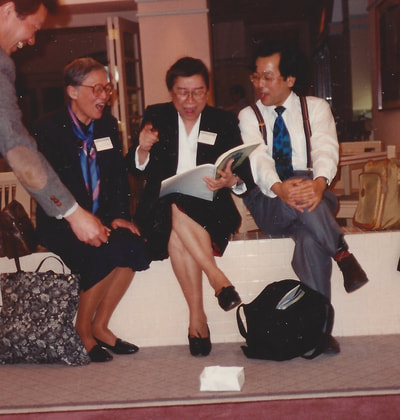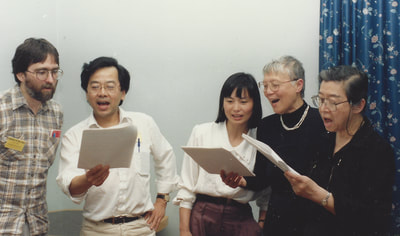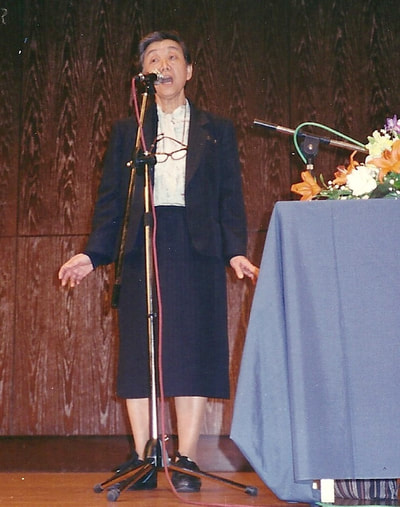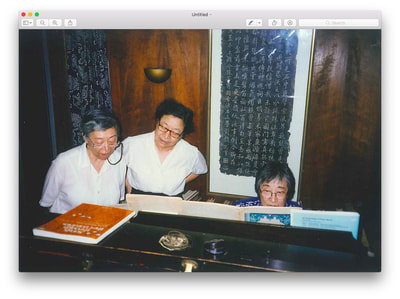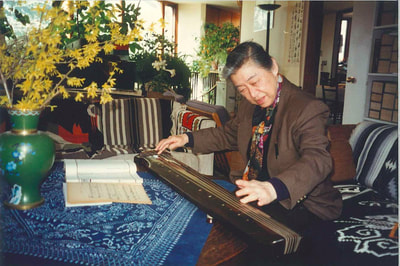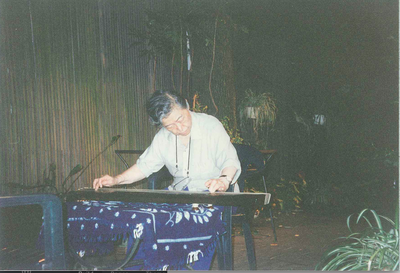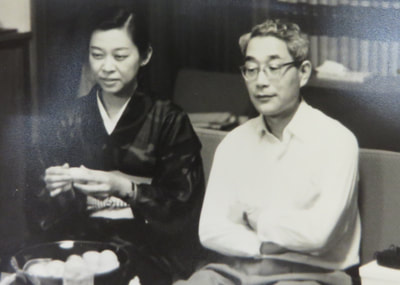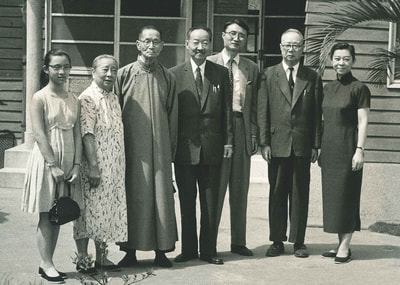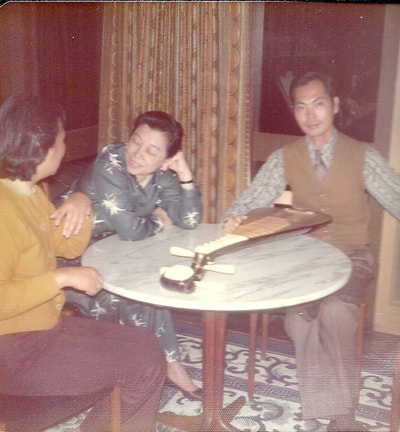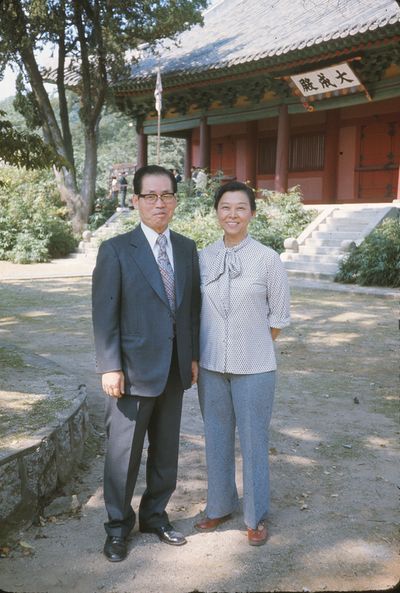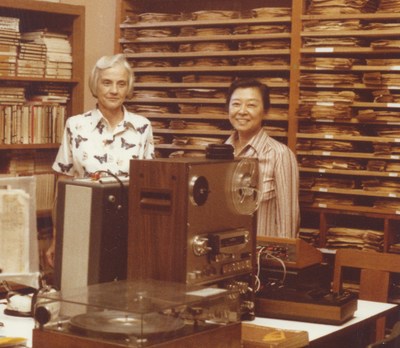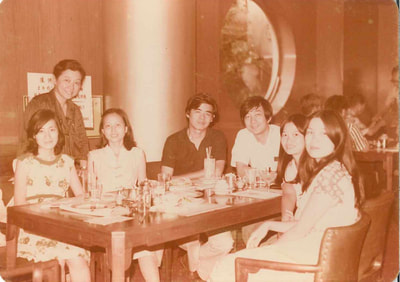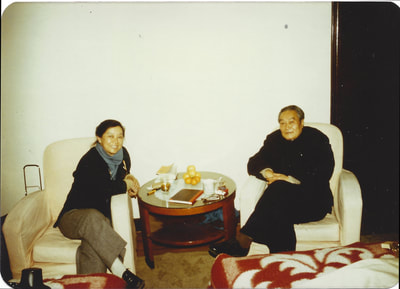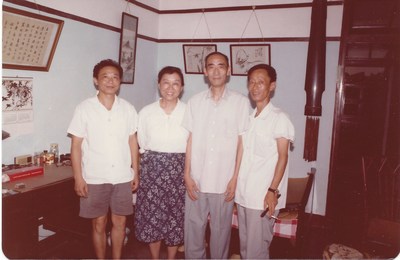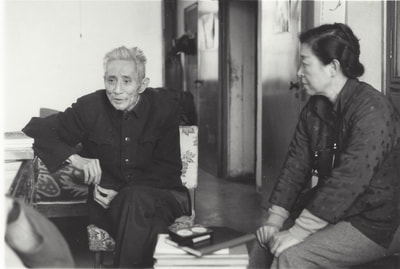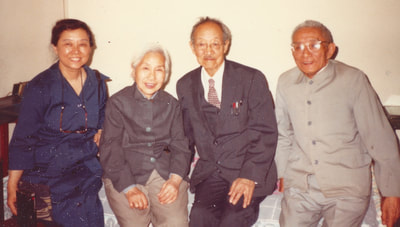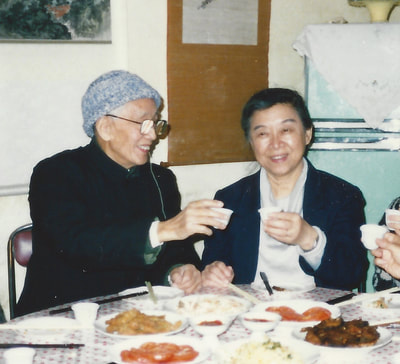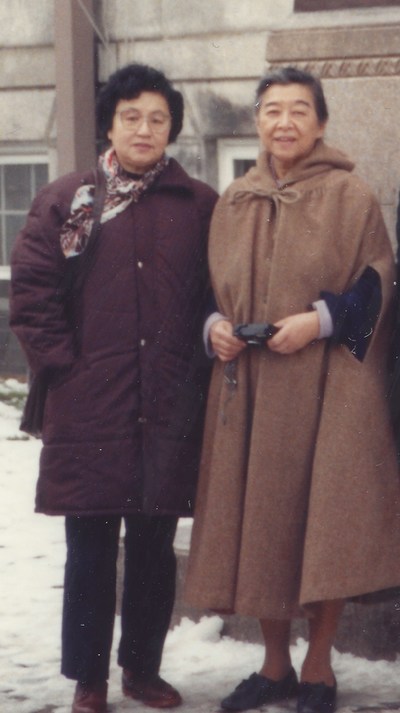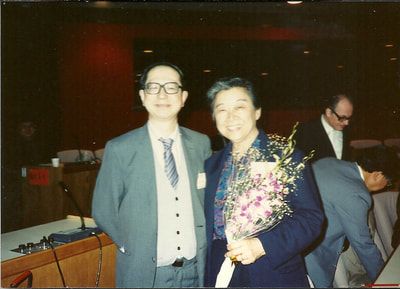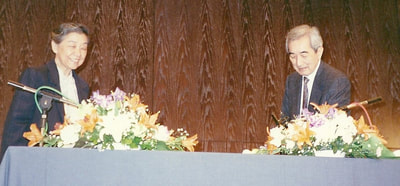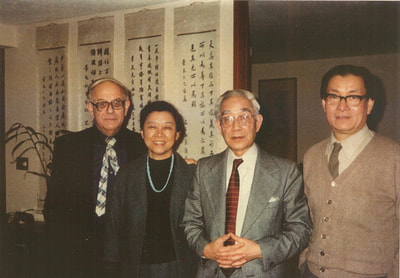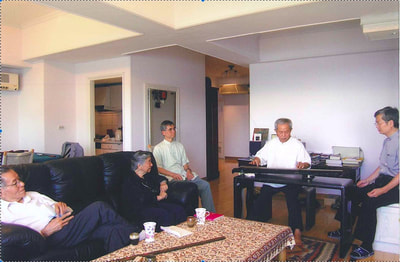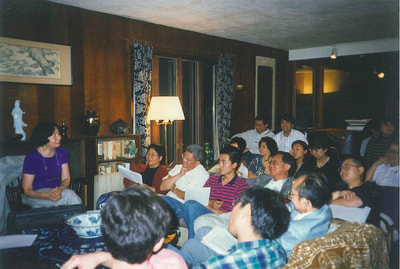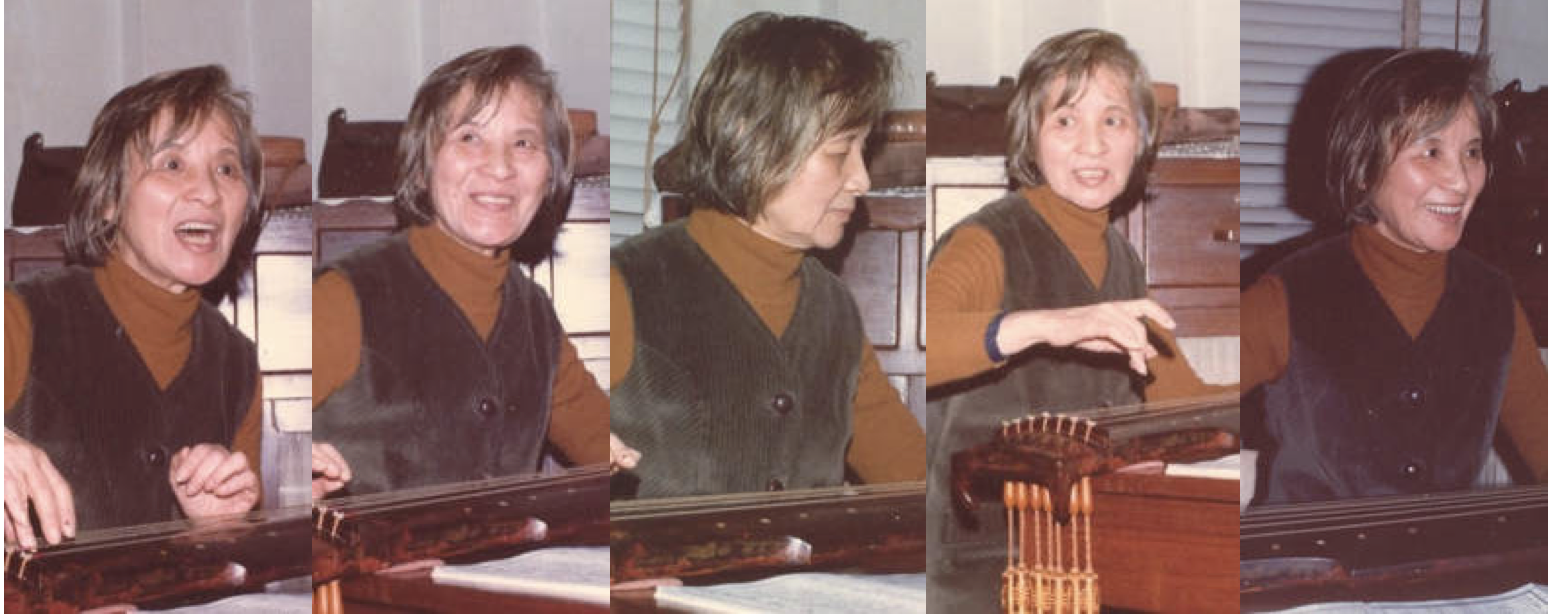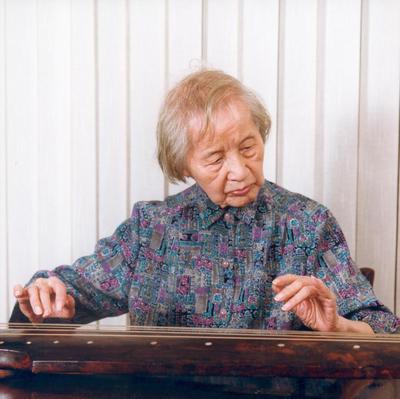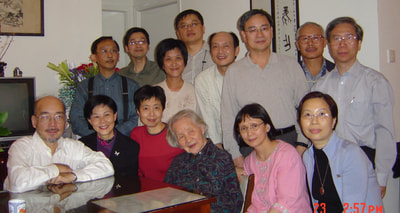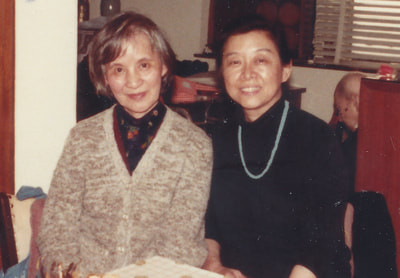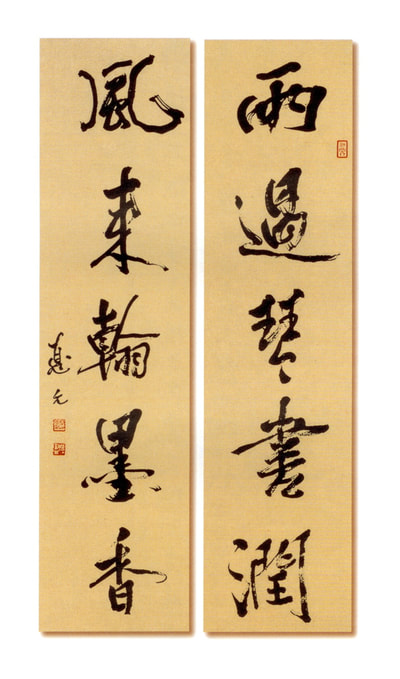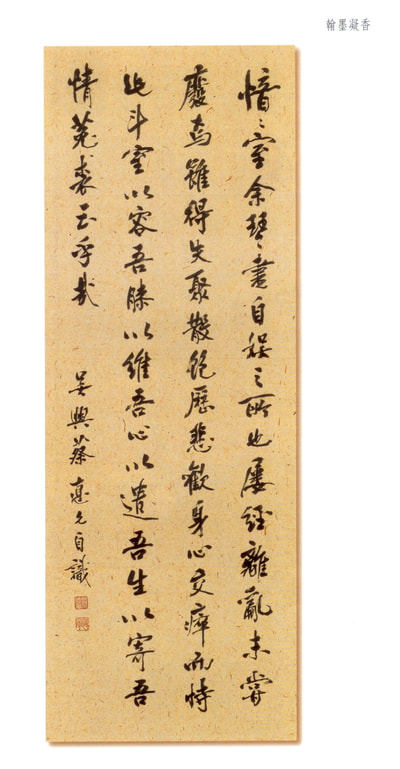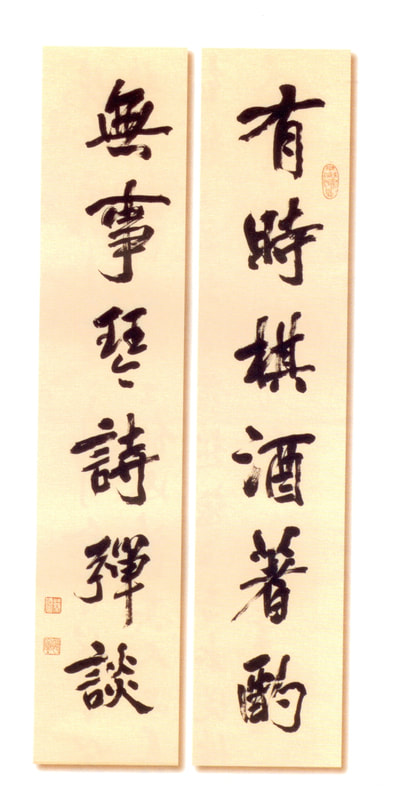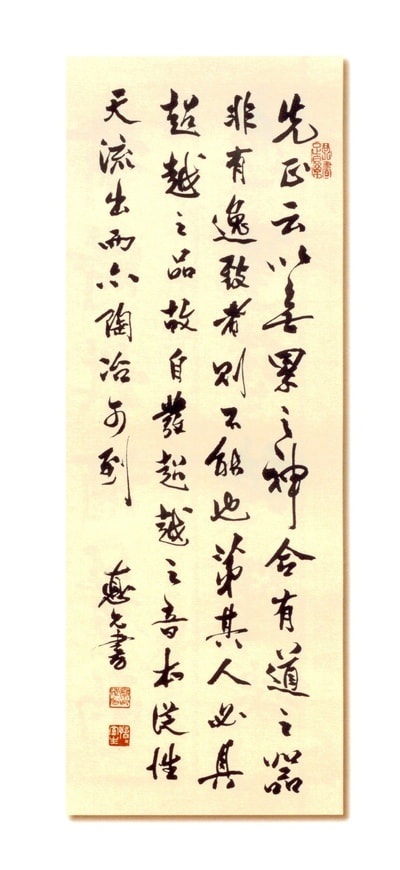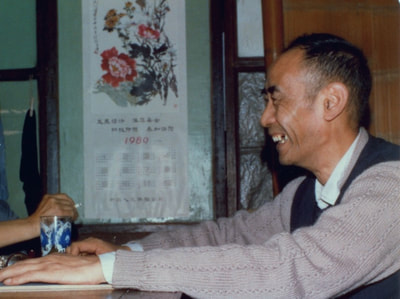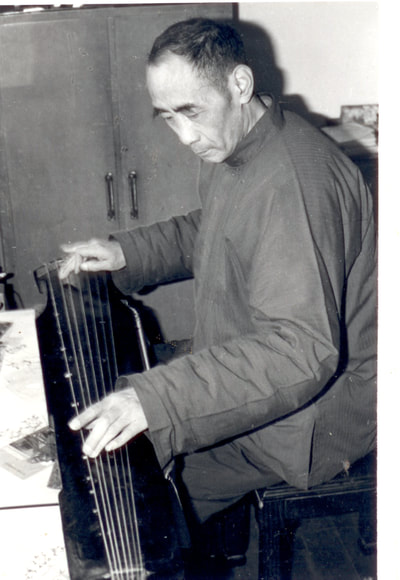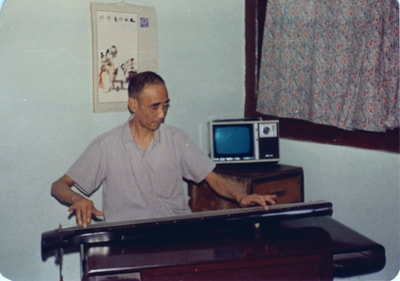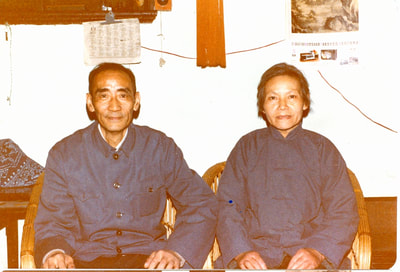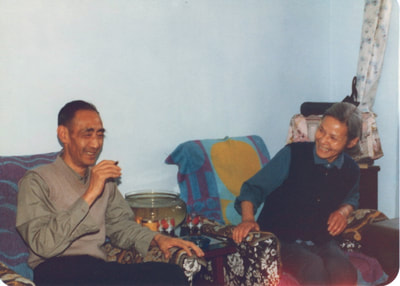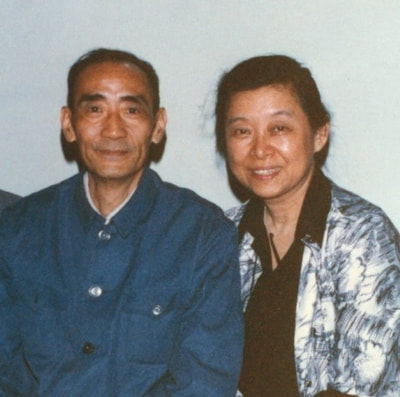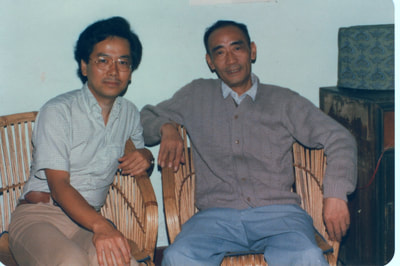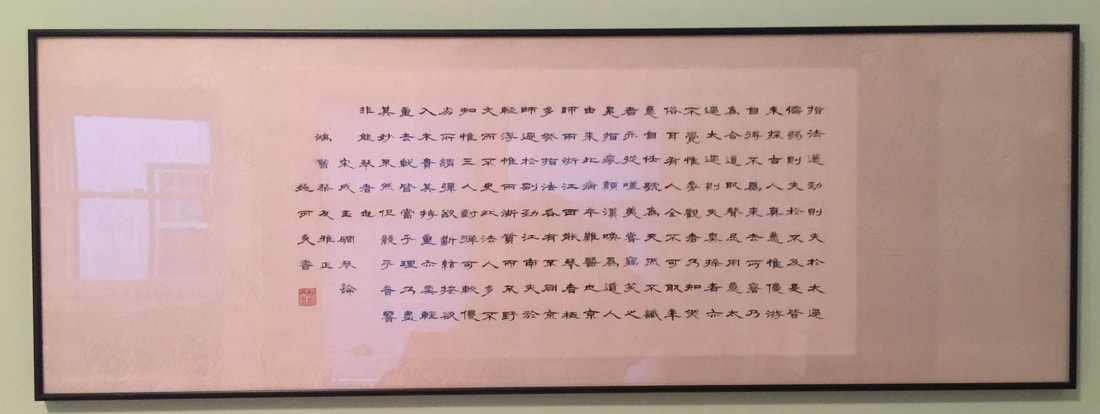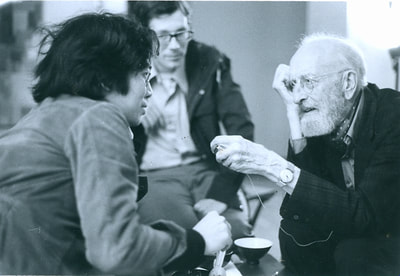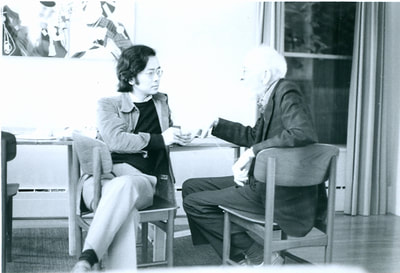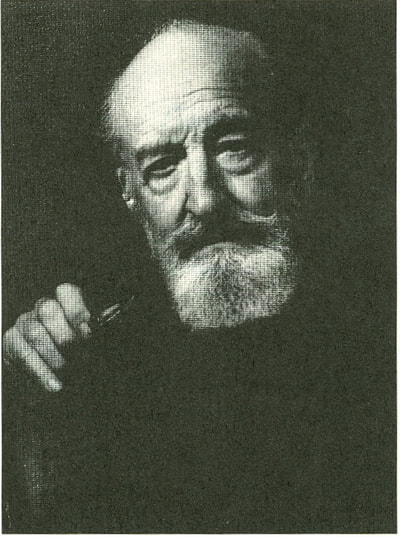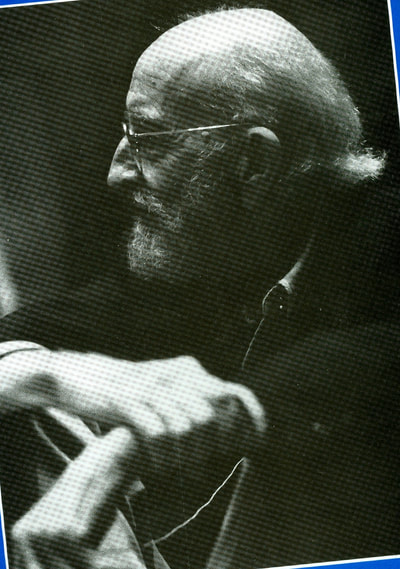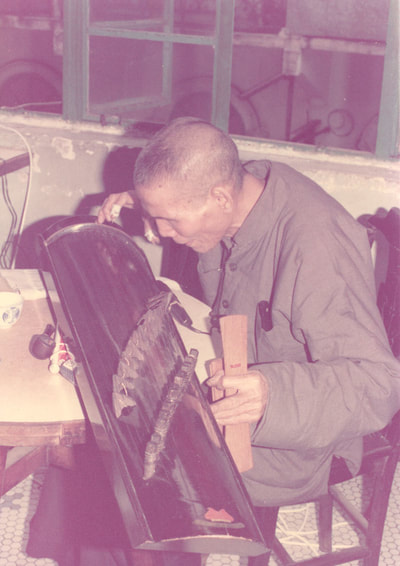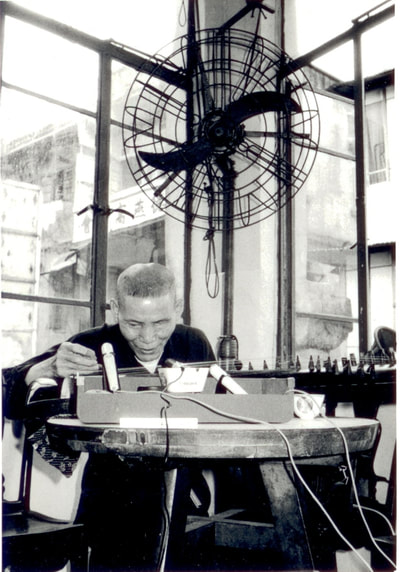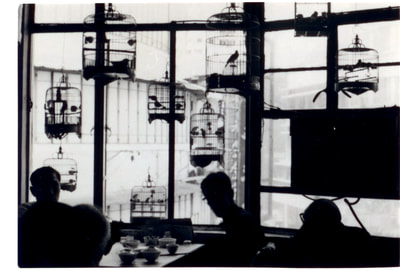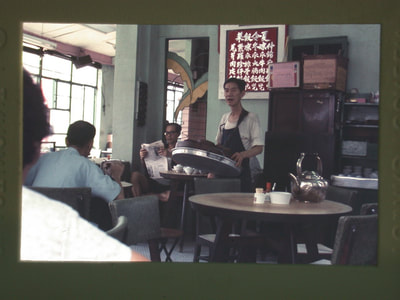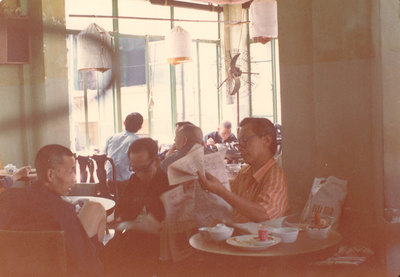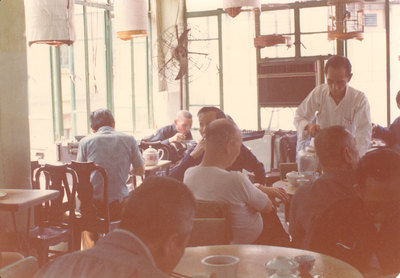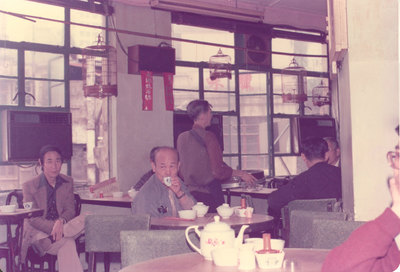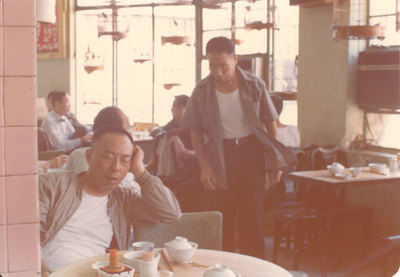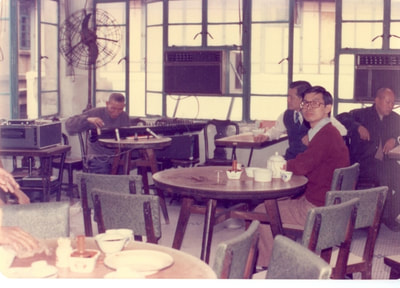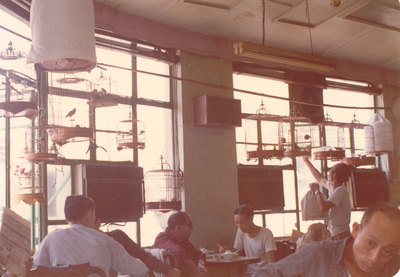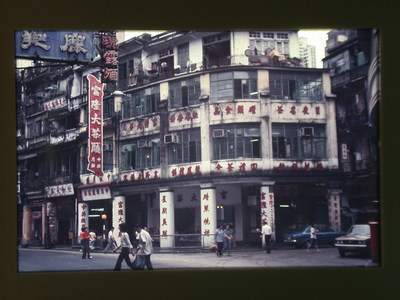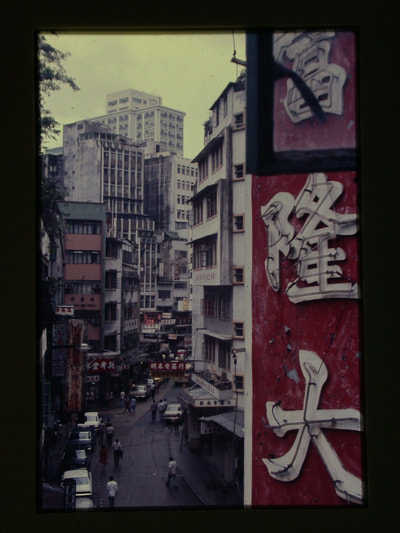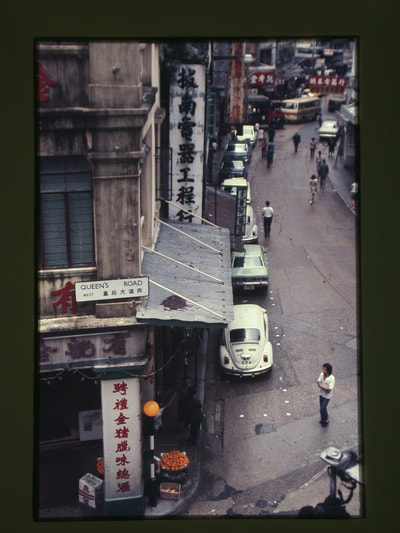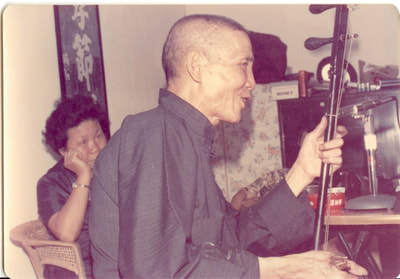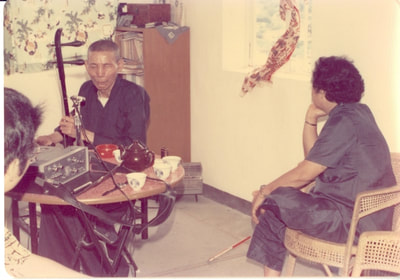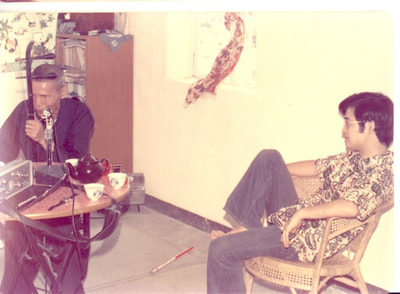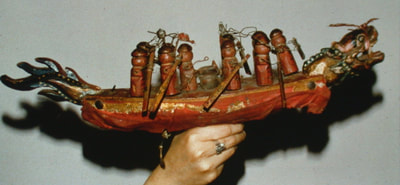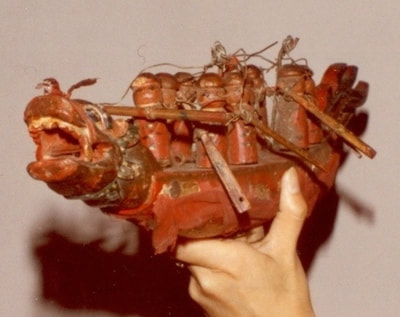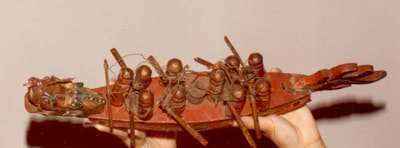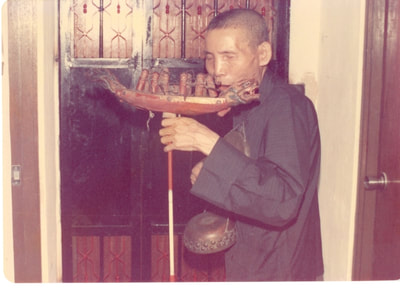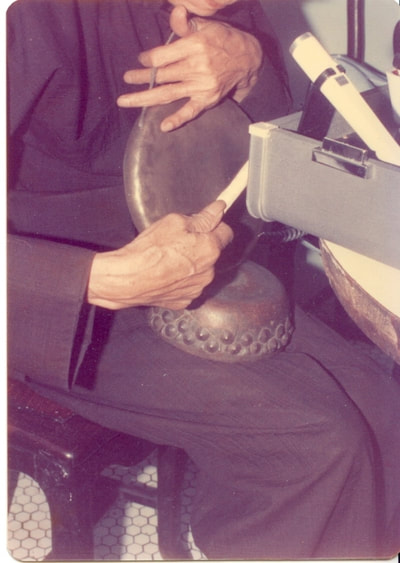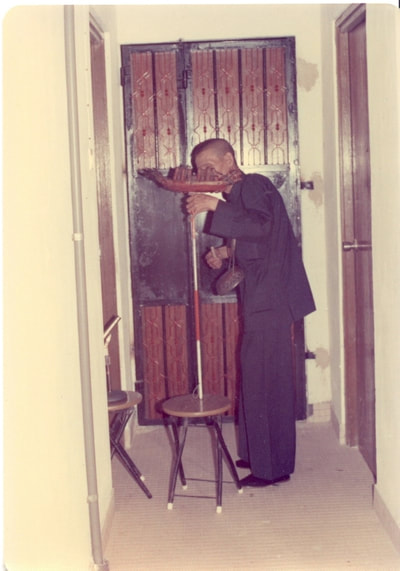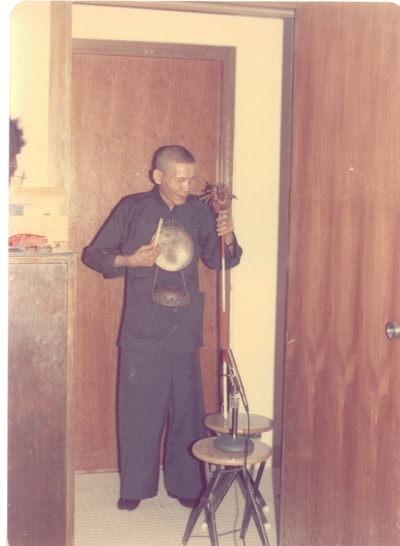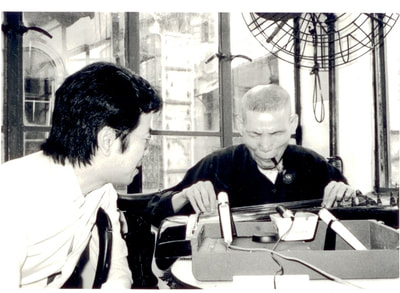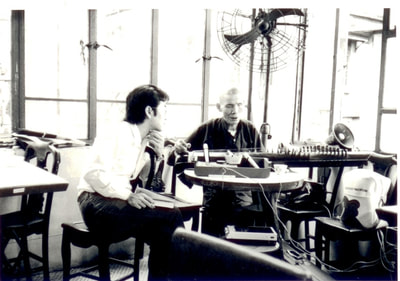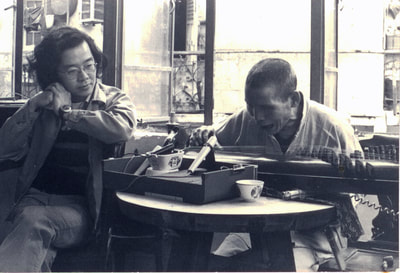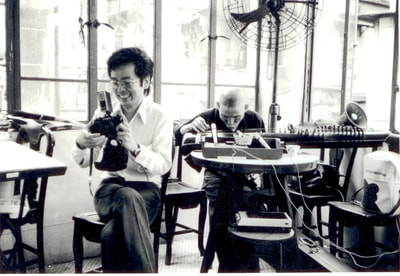Photo Gallery One: my mentors and other elders
- My academic mentor Rulan Chao Pian, videotaping
- Pian and her students
- Pian making music
- Pian and friends
- My qin teacher Tsar Teh-yun
- My qin teacher Yao Bingyan
- My intellectual guru Charles Seeger
- The blind singer Dou Wun
My Academic Mentor Rulan Chao Pian (1922-2013), among the first ethnomusicologists to use video technology
Pian and her students
Pian Making Music
Pian and her professional friends
My Qin TeacherTsar Teh-Yun (1905-2007)
I studied qin with Tsar laoshi from September 1978 to December 1980.
See Bell Yung, The Last of China’s Literati: The Music, Poetry and Life of Tsar Teh-yun. 2008. Hong Kong University Press, and “Tsar Teh-yun at Age 100: A Life of Qin Music, Poetry and Calligraphy” in Lives in Chinese Music, ed. Helen Rees, 65-90. Champagne IL: University of Illinois Press. 2009. lives_in_chinese_music_----__part_ii._the_literati_.pdf
Tsar laoshi at age 75 (1980)
Samples of Callibraphy by Tsar Teh-yun
My Qin Teacher Yao Bingyan (1921-1983)
I studied qin with Yao laoshi for three summers of 1980-1982.
See Bell Yung ed. Celestial Airs of Antiquity: Music of the Seven-String Zither of China. 1998. A-R Editions, Inc.
Yao Bingyan's Calligraphy
Among my treasured possessions is the exquisite calligraphy of Yao laoshi, who copied out an excerpt of an essay called "Thesis on Qin"(琴論)by Cheng Yujian 成玉礀 of the Southern Song dynasty (1127-1279). The essay is a commentary on the style and aesthetics of qin playing of his time. Quite aside from the content, Yao's calligraphy is very much like his music: delicate, balanced, controlled, coherent. The general impression may be one of uniformity, yet each ink-brush stroke has an inner vitality and strength, and each character, as an amalgam of the strokes, is executed with care to reveal its own beauty, not unlike the timbre, colour, and internal dynamics of each tone of a qin piece.
Among my treasured possessions is the exquisite calligraphy of Yao laoshi, who copied out an excerpt of an essay called "Thesis on Qin"(琴論)by Cheng Yujian 成玉礀 of the Southern Song dynasty (1127-1279). The essay is a commentary on the style and aesthetics of qin playing of his time. Quite aside from the content, Yao's calligraphy is very much like his music: delicate, balanced, controlled, coherent. The general impression may be one of uniformity, yet each ink-brush stroke has an inner vitality and strength, and each character, as an amalgam of the strokes, is executed with care to reveal its own beauty, not unlike the timbre, colour, and internal dynamics of each tone of a qin piece.
My intellectual guru Charles Seeger (1886-1979), See Bell Yung and Helen Rees, ed. Understanding Charles Seeger, Pioneer in American Musicology. 1999. University of Illinois Press.
The Blind Singer Dou Wun (Du Huan in Mandarin, 1915-1979)
In 1975, I arranged for the last surviving professional blind singer Dou Wun to sing in the Fu Long Teahouse every tuesday, thursday, and saturday, one hour each day, from mid-March to end of July, for a total of 42 hours. Some of these have been published (see Media Publications). I share below all the photos of the inside and outside of the teahouse by me and by Mrs. Pian. The building was torn down in the early 1980s. See “Voices of Hong Kong: the Reconstruction of a Performance in a Teahouse” in Critical Zone No. 3 (2009), 37-56. yung_bell_voicesofhongkong_critical_zone.pdf
I recorded the two Brothel Songs and a Dragon Boat Song at the home of my friend Masato Nishimura. I recorded a total of 2 hours there.
Yung and Dou Wun, 1975 in the teahouse
